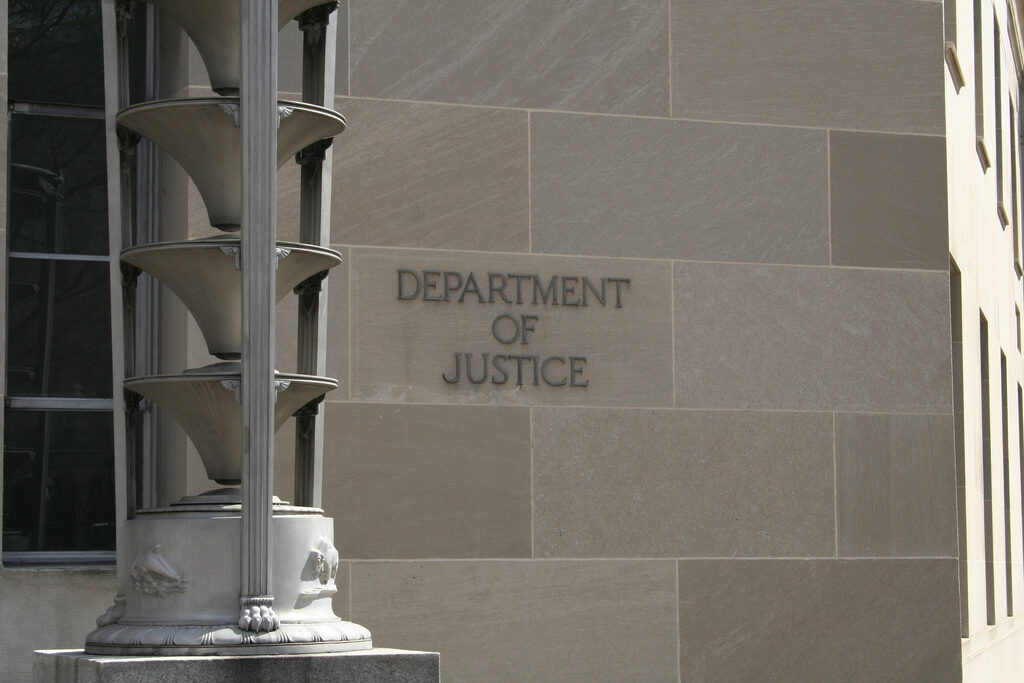A history of the 14th century sketches out a judicial process that helps to illuminate some of our current practices.
For more on pruning back executive power see Pruning Shears.
No Associated Press content was harmed in the writing of this post
I started reading A Distant Mirror by Barbara W. Tuchman recently and was struck by this from page 43:
Philip bullied the first Avignon Pope, Clement V, into authorizing the trials of the Templars, and with this authority put them to atrocious tortures to extract confessions. Medieval justice was scrupulous about holding proper trials and careful not to sentence without proof of guilt, but it achieved proof by confession rather than evidence, and confession was routinely obtained by torture. The Templars, many of them old men, were racked, thumbscrewed, starved, hung with weights until joints were dislocated, had teeth and fingernails pulled one by one, bones broken by the wedge, feet held over flames, always with pauses in between and the “question” put again each day until confession was wrung out or the victim died. Thirty-six died under the treatment; some committed suicide. Broken by torture, the Grand Master, Jacques de Molay, and 122 others confessed to spitting on the cross or some other variation of crime put into their mouths by the Inquisitors. “And he would have confessed that he had slain God Himself if they had asked him that,” acknowledged a chronicler.
How does America’s treatment of detainees look next to that?
We do not know everything about our torture program so nothing can be ruled out with certainty. But as Luke Mitchell writes (subscription required) “we worked to perfect a new form of ‘no touch’ interrogation that would achieve terror and compliance without leaving scars,” so it seems likely that the rack, thumbscrews, breaking bones, burning and pulling out teeth/fingernails were not used. This had more to do with not leaving marks than an aversion to cruelty, but the point remains. However, while John Yoo’s torture memo was in effect all of those would have been permitted because they did not produce “intense pain or suffering of the kind that is equivalent to the pain that would be associated with serious physical injury so severe that death, organ failure or permanent damage resulting in a loss of significant body functions will likely result.”
On the other hand, there are reports of “joints dislocated from stress positions” at Abu Ghraib even after the pictures of abuse there came to light, and dislocation of limbs reported at Guantánamo through the end of last year. Mitchell also reports on force feedings there, though in at least some cases it appears it is being done more to coerce compliance than as a response to starvation. Also, there have been at least five suicides, but since Tuchman does not report on the number of suicides among the Templars a comparison is impossible. America has already tripled (via) the body count of thirty-six Templars tortured to death, though.
The U.S. also compares poorly with respect to trials – after all, the Templars actually received them. They were explicitly charged with something (heresy) whereas the inmates at Guantánamo are simply marking time while the government tries to figure out a system that 1) is guaranteed to work in its favor, 2) will not be public, and 3) does not require the production of evidence. It looks like confessions obtained via torture will not be admissible in whatever proceedings end up happening, and if so then it is a clear improvement on the medieval system. That, of course, is contingent on some sort of trial actually occurring.
The degree to which the Templar persecutions were public is unclear. Tuchman does not specify whether observers were permitted during the trials, nor does she mention if any kind of transcript was made. In the absence of any such evidence we should assume neither, and this is a case where the hoped-for process for detainees could be an improvement. On the other hand, those who have extensively covered military commissions like Andy Worthington and Daphne Eviatar have not reported transcripts of the proceedings (such as they are) being made available. Observers have obviously not been permitted either. The score here is inconclusive.
As for lasting influence, Tuchman writes (also on page 43) “In Toulouse and Carcassonne during the next 35 years the Inquisition prosecuted 1,000 persons on such charges [of sorcery] and burned 600. French justice was corrupted and the pattern laid for the fanatic witchcraft persecutions of subsequent centuries.” We obviously cannot know right now what the impact will be over the next few decades, but it would not be a huge surprise to see these programs cited as precedent for similar activities. Finally, over time there will almost certainly be more details on how we have treated foreign prisoners at other places such as Bagram and the CIA black sites. This analysis is subject to revision, most likely downward, as they emerge.
